Backpacking First Aid - From Gear to Treatment
Backpacking is a fantastic way to get outside, exercise, boost your mental health, and explore the outdoors! No matter where you go, there's always something in store for you. However, sometimes that thing can be less than ideal. Just like every other activity, there are risks, and you may potentially get injured. In order to avoid getting hurt and treating any injuries that do occur, you need to prepare before you set foot on the trail.
What You Need in Your First Aid Kit
I get it; you want to pack the bare minimum so you don't have to lug around the equivalent of a large child on your back. I'm right there with you! That's why all the suggestions listed will be small and easy to add to your gear. Besides, it's better to have it just in case rather than need it and find yourself missing it!
Prevention Products
If you can avoid some future misery, you should put in the little bit of effort needed to do so! The items listed below will help you prevent blisters, chafing, bug bites, and sunburns.
- Blister Strips
- Friction Frosting
- Insect Repellent
- Sunscreen
Bare Bone Basics
These are the items you'll need to treat the common backpacking injuries you may find yourself running into. With these on hand, you'll be well prepared for whatever the trail throws at you!
- Antibiotic Ointment
- Antihistamines
- Bandages
- Ibuprofen (and other medications you need)
- Instant Cold Pack
- Gauze
- Triangle Bandage
- Saline Wash
- ZZIPS
Life-Saving Gear
While unlikely, you never know what could happen. So if you don't want the vultures getting you, it's best to keep these just in case!
- QuikClot
- Tourniquet
Survival Supplies
People who backpack are usually a little ways away from civilization. If you find yourself stranded in the middle of nowhere, these items can make all the difference!
- Emergency Whistle
- Extra Jacket
- Multi-tool (that includes a knife, pliers, etc.)
- Paracord
- Space Blanket
- Water Purification Tablets
How to Prepare for an Emergency Before You Leave

If you want to avoid an emergency, you need to take the initiative to prevent it from happening. Thankfully, the following tips take minimal time and effort but can save your life if something goes wrong.
Tell Someone Where You’re Going
You never know when something will go wrong. Let someone know where you're going, what you will be doing, how long you'll be gone, and when you expect to be back. That way, if you're gone longer than expected and you don't answer your phone, they know where to look for you or where to send help.
Update Your Voicemail Message
Record a new voicemail before you leave to include where you're going, how long you're going to be gone, and when you expect to be back. This way, if you're in an emergency situation and your phone dies, search and rescue knows where to look for you.
Double Check Your Gear
It's annoyingly easy to forget to pack something that you need. Or worse, if you forget something critical to your survival and you're in a life-threatening situation. Whether it's your socks, bear spray, or phone, you don't want to leave anything behind!
Double Check Your First Aid Kit
Yes, you'd think this would be included in checking your gear, but first aid supplies are critical to your well-being. Doesn't it deserve to be double-checked?
Ensure the Area is Safe
You don't want to get halfway down your trail and realize a massive storm is rolling in. With the wonders of modern technology, you can check the weather, ensure your route is open and safe, and see if any potentially dangerous animals are active in the area. Searching it up only takes a few minutes, so there's no reason not to do so!
How to Treat Common Backpacking Injuries

No matter how careful you are, it's inevitable that you'll get hurt at some point. Whether it's a life-threatening injury or not, it's essential to know how to address the situation. You're out here to have fun, not screw yourself over!
Sprains
If you sprain something, especially your ankle, you're going to have to turn back. Before you head back, give the area a break for a bit and elevate the limb. Apply compression to the site using the triangle bandage from your first aid kit or something similar. If you have an instant ice pack, place it on the sprain. After you've rested a bit, head back to civilization carefully. You can use trekking poles or sticks to help keep weight off the foot.
Cuts & Scrapes
While these can be painful, they're pretty easy to treat so long as they aren't severe. Simply wash the area with water or a saline solution, pat dry, apply ointment, and slap a bandage on. If need be, you can take a painkiller to help you get back on your feet and keep going!
For more severe, but not life-threatening, bleeding, remove any debris by washing the area and applying gauze. Secure the gauze and seek medical attention, as you may require stitches.
Dehydration
Lots of people are already chronically dehydrated. Add in an epic backpacking trip, and the unpleasant signs of it can kick in faster than you'd think. Symptoms such as headaches, dizziness, fatigue, dry mouth, and vomiting are all indicators of dehydration. If you're dehydrated, drink plenty of fluids and rest in a shady area. Sports drinks are a fantastic way to rehydrate if you have one. If you don't have any more clean water, but there's a body of water nearby, use your water purification tablets or boil the water and then drink it. However, if that isn't an option, ask for help from any people you come across or use your phone to call for help.
Weather-Related Injury & Illness
As much as we love the outdoors, sometimes nature hates us just a little bit! Because of this, you need to know how to keep yourself safe from mother nature.
Hypothermia

This happens when you're in the cold for too long in inadequate clothing for the temperature. In my not-so-humble opinion, if it's that cold out, you shouldn't be outside since winter is the bane of human existence (I'm from Texas and allergic to temperatures beneath seventy degrees). More realistically, you shouldn't be outside without thoroughly preparing and having contingencies in place. If you think you have hypothermia, meaning you're stumbling, mumbling, and going numb, get out of the cold and into something warm and dry. Drink something warm like hot chocolate and seek medical attention if body parts have frozen.
Hyperthermia
If it's hotter than hell outside, there's a chance you could get hyperthermia. There are different levels of hyperthermia ranging from heat exhaustion to heatstroke, the latter of which can be life-threatening. When symptoms such as cramping, heavy sweating, headaches, and nausea kick in, you probably have hyperthermia. If the sweating suddenly stops and you start stumbling, you've got heatstroke and need an immediate evacuation. You need to be extremely careful because you can fall unconscious at this point. To treat hyperthermia, you need to rest in a cool, shady area and rehydrate. Remove heavy and tight clothing, apply a cool compress, and take it easy until you recover. If you continue feeling sick, you may need to seek medical attention.
And just like that, you’re set to go out on your epic adventures! Be sure to stay safe while you’re gallivanting across the outdoors, and if you don’t already have a first aid kit, check out My Medic’s expertly curated kits!
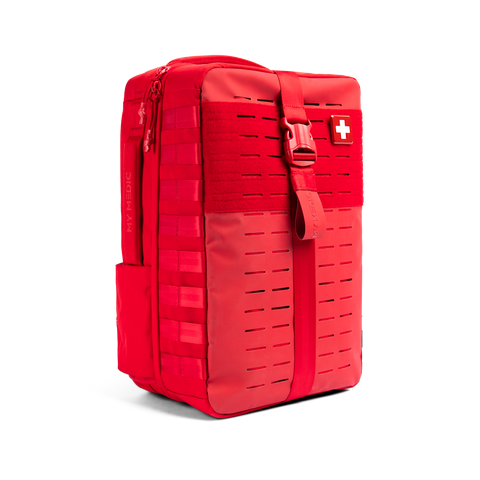 NEW ARRIVALS
NEW ARRIVALS
 BEST SELLERS
BEST SELLERS
 SUPERSKIN™
SUPERSKIN™
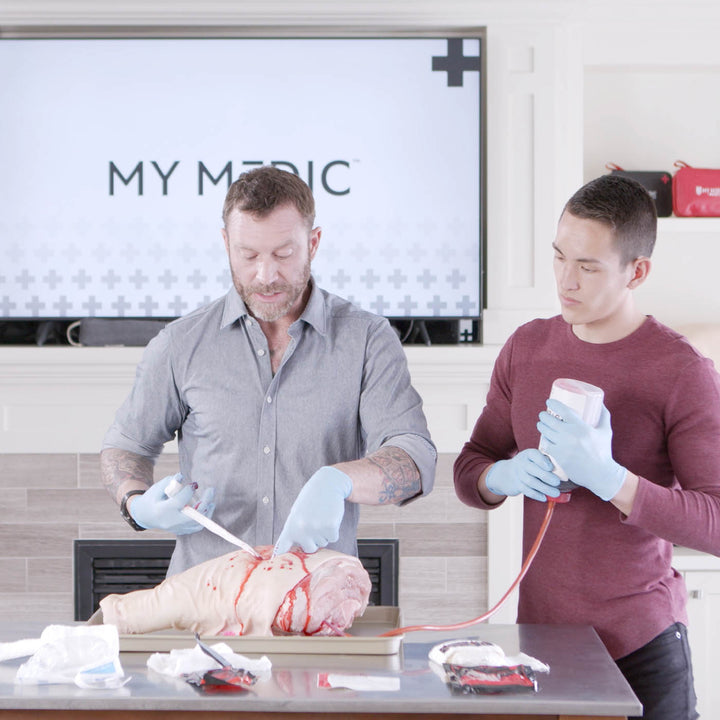 COURSES
COURSES
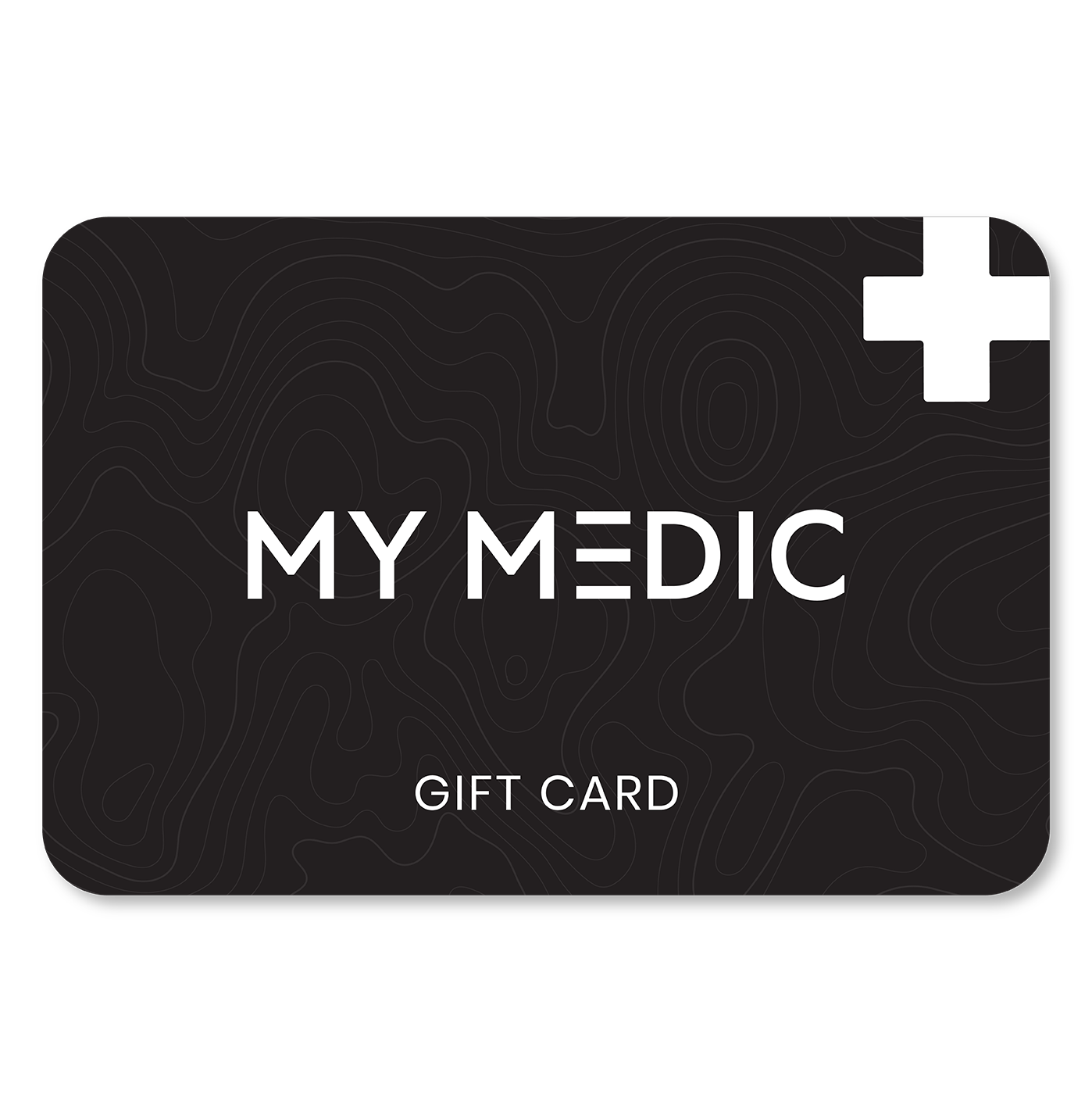 REWARDS
REWARDS
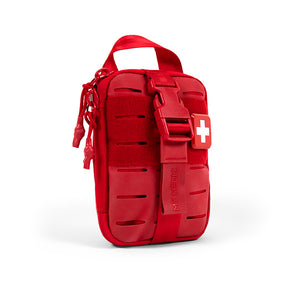 The MyFAK Collection
The MyFAK Collection
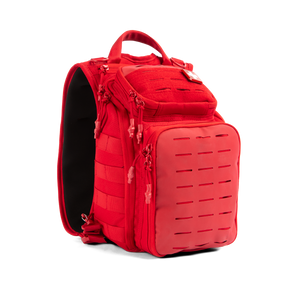 Specialty
Specialty
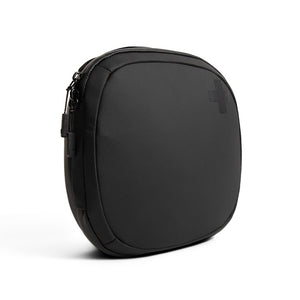 The Ready Collection
The Ready Collection
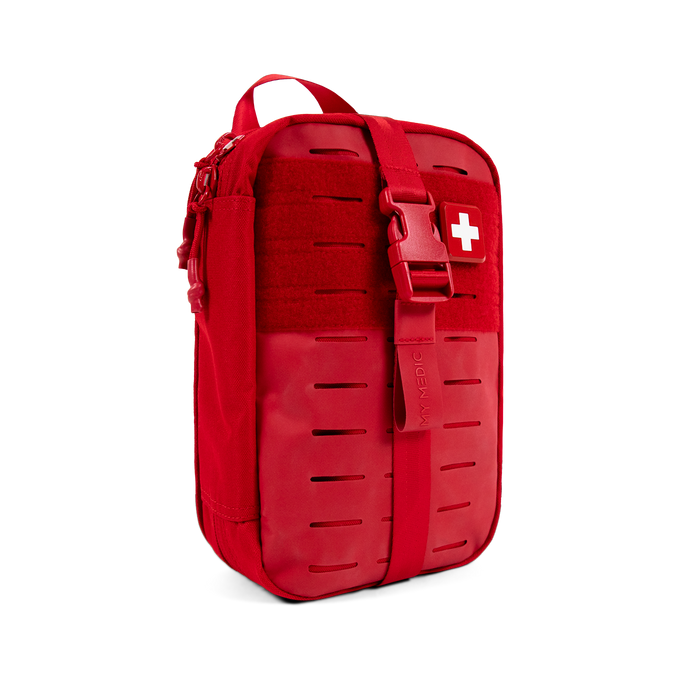
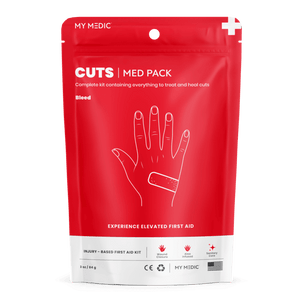 BLEED
BLEED
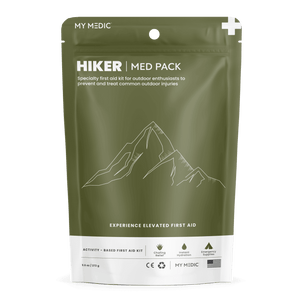 OUTDOOR
OUTDOOR
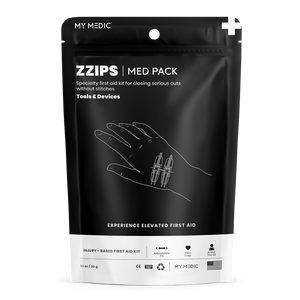 TOOLS & DEVICES
TOOLS & DEVICES
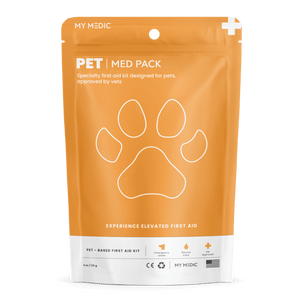 SPECIALTY
SPECIALTY
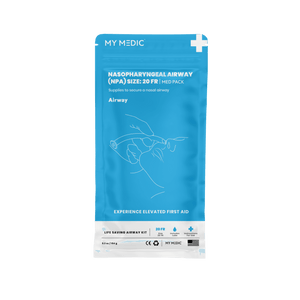 AIRWAY
AIRWAY
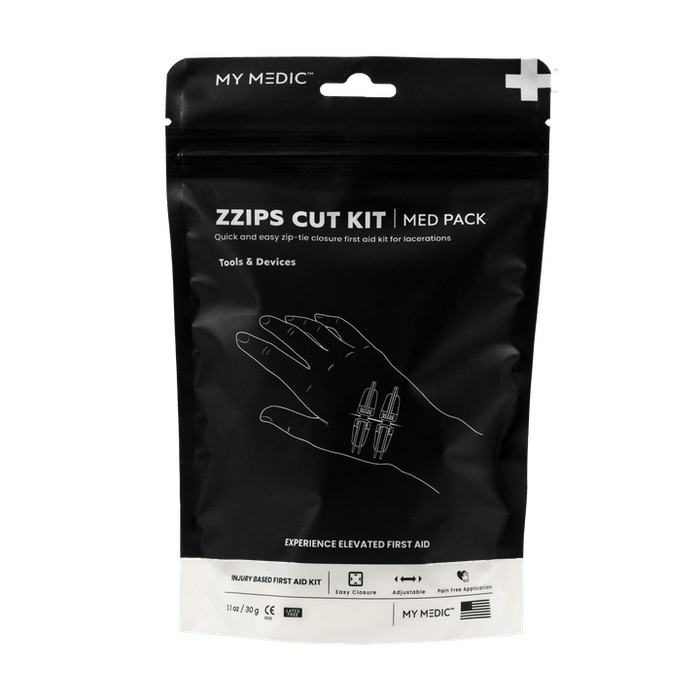
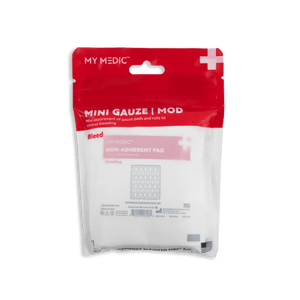 BLEED
BLEED
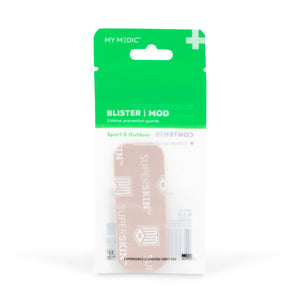 OUTDOOR
OUTDOOR
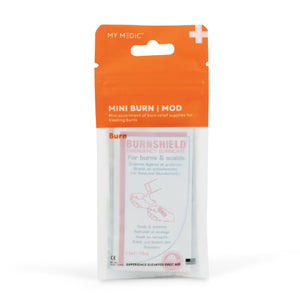 BURN
BURN
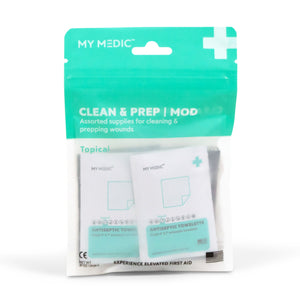 TOPICAL
TOPICAL
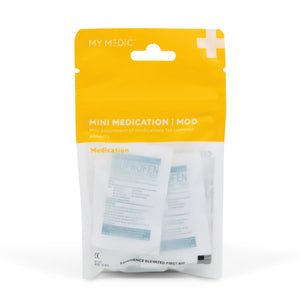 MEDICATION
MEDICATION
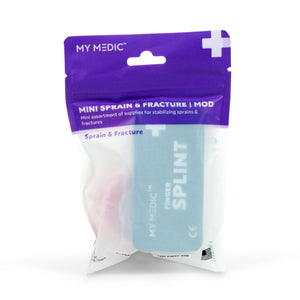 SPRAIN & FRACTURE
SPRAIN & FRACTURE
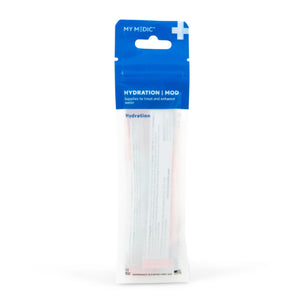 HYDRATION
HYDRATION
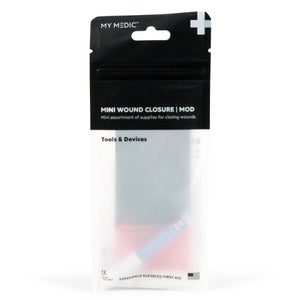 TOOLS & DEVICES
TOOLS & DEVICES
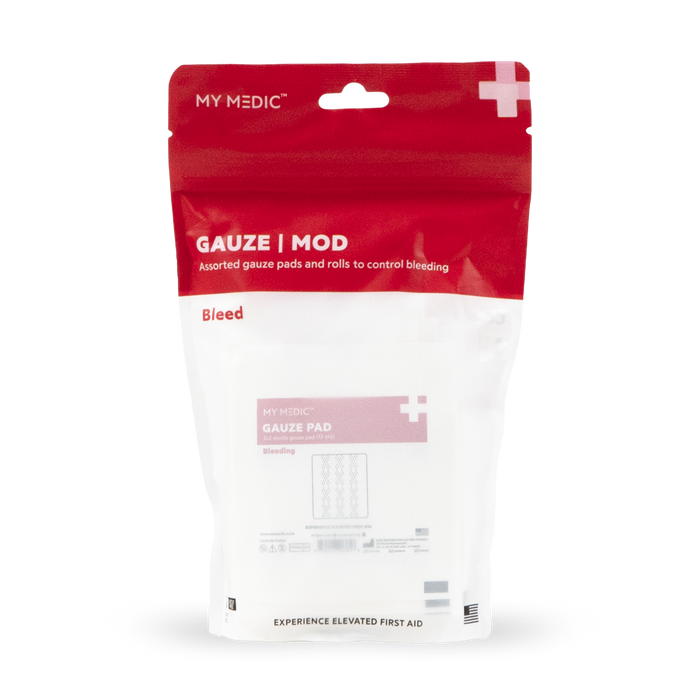
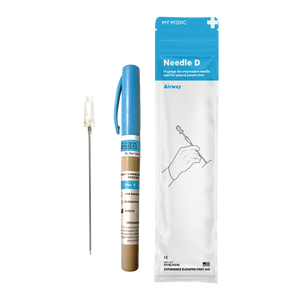 Supply Categories
Supply Categories
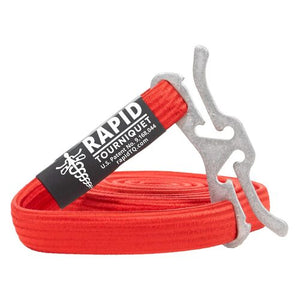 Top Sellers
Top Sellers
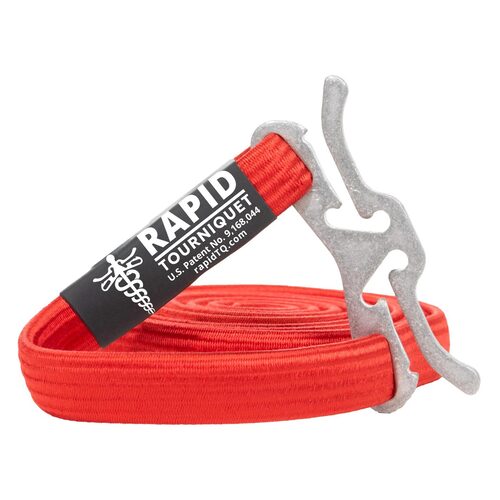






Leave a comment